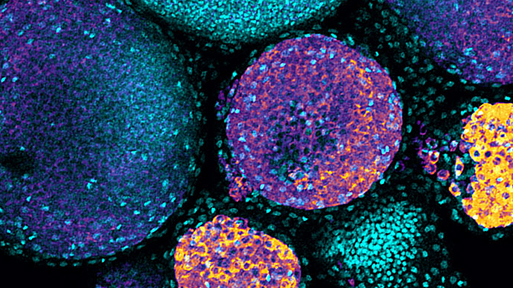
Andy Baxevanis, Ph.D.
Head
Computational Genomics Unit
Director
Bioinformatics and Scientific Programming Core
Senior Scientist
Center for Genomics and Data Science Research
Director of Computational Biology
NIH Office of Intramural Research
Education
B.S., Cornell University
Ph.D., The Johns Hopkins University
Computational Genomics Unit Staff

Sofia de Pereira Barreira, Ph.D.
- Postdoctoral Fellow
- Computational Genomics Unit

E. Sally Chang, Ph.D.
- Postdoctoral Fellow
- Computational Genomics Unit

Paul Gonzalez, Ph.D.
- Postdoctoral Fellow
- Computational Genomics Unit

Alberto Rivera, Ph.D.
- Postdoctoral Fellow
- Computational Genomics Unit

Christine Schnitzler, Ph.D.
- Guest Researcher
- Computational Genomics Unit
Last updated: January 24, 2023






